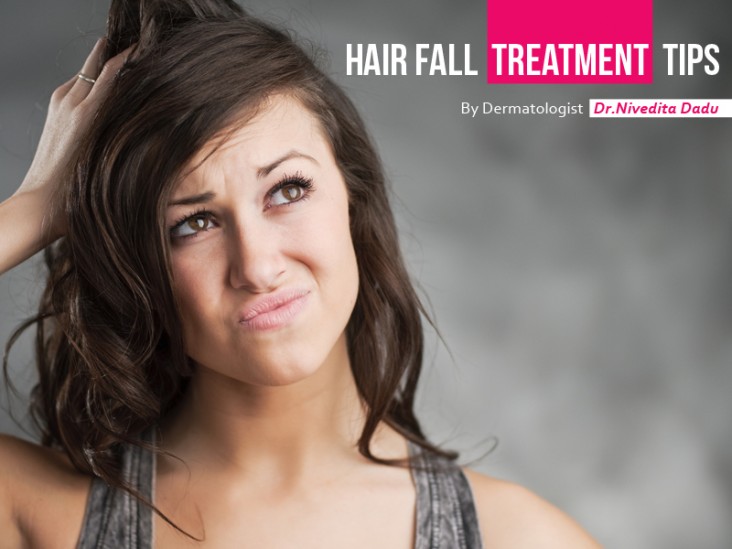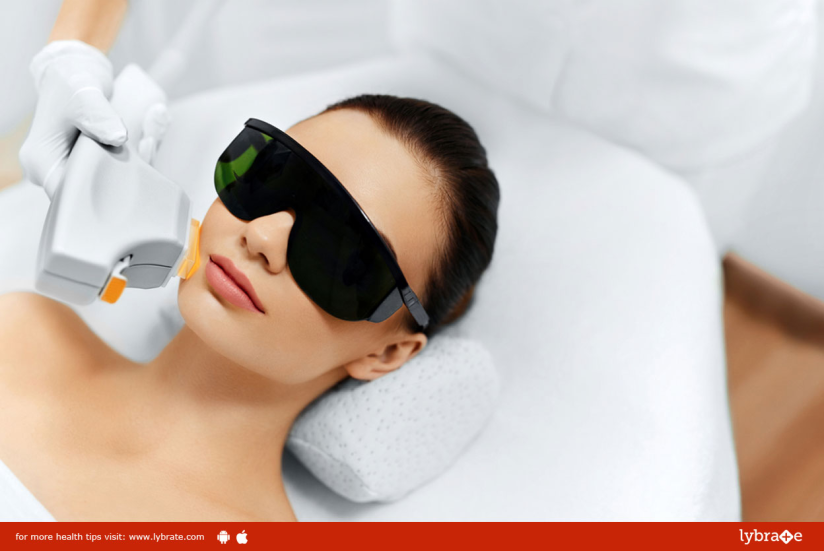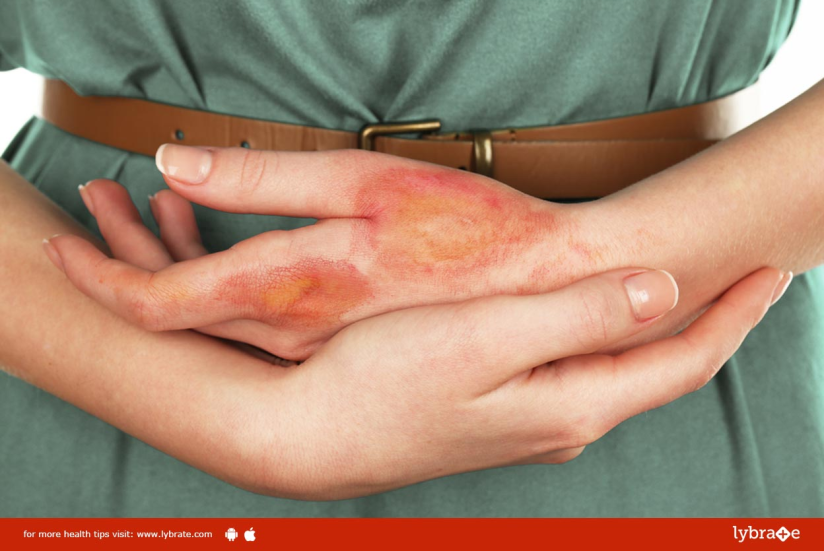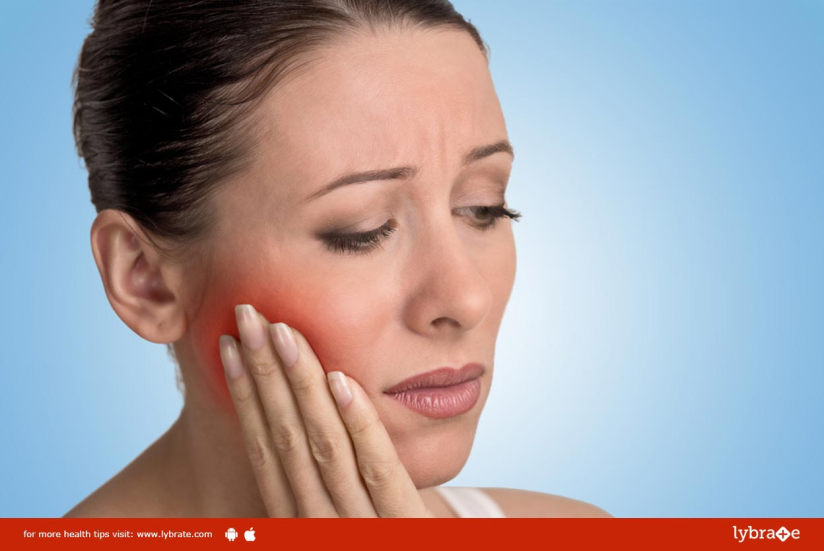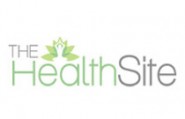Normally we lose 50-100 hair each day. But if you are losing more than 100 hair then you might be suffering from excessive hair shedding which is also known as Telogen Effluvium. And excessive hair loss can affect a person’s psychological health as they may feel low on self confidence and bad mood due to baldness. Sometimes it is because of change in atmosphere/weather which is normal and once you get used to the weather you won’t lose hair in excess. But there can be many other reasons for hair loss such as stress, aging, hormonal imbalance, unhealthy diet, skin disease or as a symptom of some chronic disease.
As the hair fall affects your personality in so many ways, Hair Treatment clinics have come up with various hair oils, hair creams and medicines to help you prevent excessive hair loss and various scalp infections. Skinology in West Delhi is one of the best clinics for Hair Transplant in Delhi. The treatments offered by them are safe, economical and effective for men, women and children of all ages.
Hair fall Treatments at Skinology start from finding and treating the underlying cause, blood tests to look for deficiencies, recommending medical management as per the diagnosis. Severe cases can be benefited from advanced hair therapies which include:
Mesotherapy is a popular French technique of delivery of different vitamins, nutrients, growth factors and medicines in various combinations in different layers of the skin to get optimum results. We at Skinology, use FDA approved scientifically proven European hair boosters, stem cells and growth factors to provide hair fall treatment, stimulate hair growth and nourish and strengthen hair.
Platelet Rich Plasma (PRP) Therapy is a technique in which patient blood is drawn like for a routine blood test. It is then processed and platelet rich component of the blood is injected in the area of concern. This platelet part of blood is rich in various growth factors which promote hair growth.
TIPS FOR PREVENTION OF HAIR LOSS
1. Increase intake of sufficient amounts of protein.
2. Massage your scalp with any natural oil such as Coconut oil, Olive oil etc. once every week.
3. Meditate. Because most of the times the reason for hair loss is stress.
4. Eat foods rich in Vitamin A, Beta carotene and C.
5. Include in your diet foods which are rich in iron.
6. You can try acupressure techniques for hair loss prevention.


